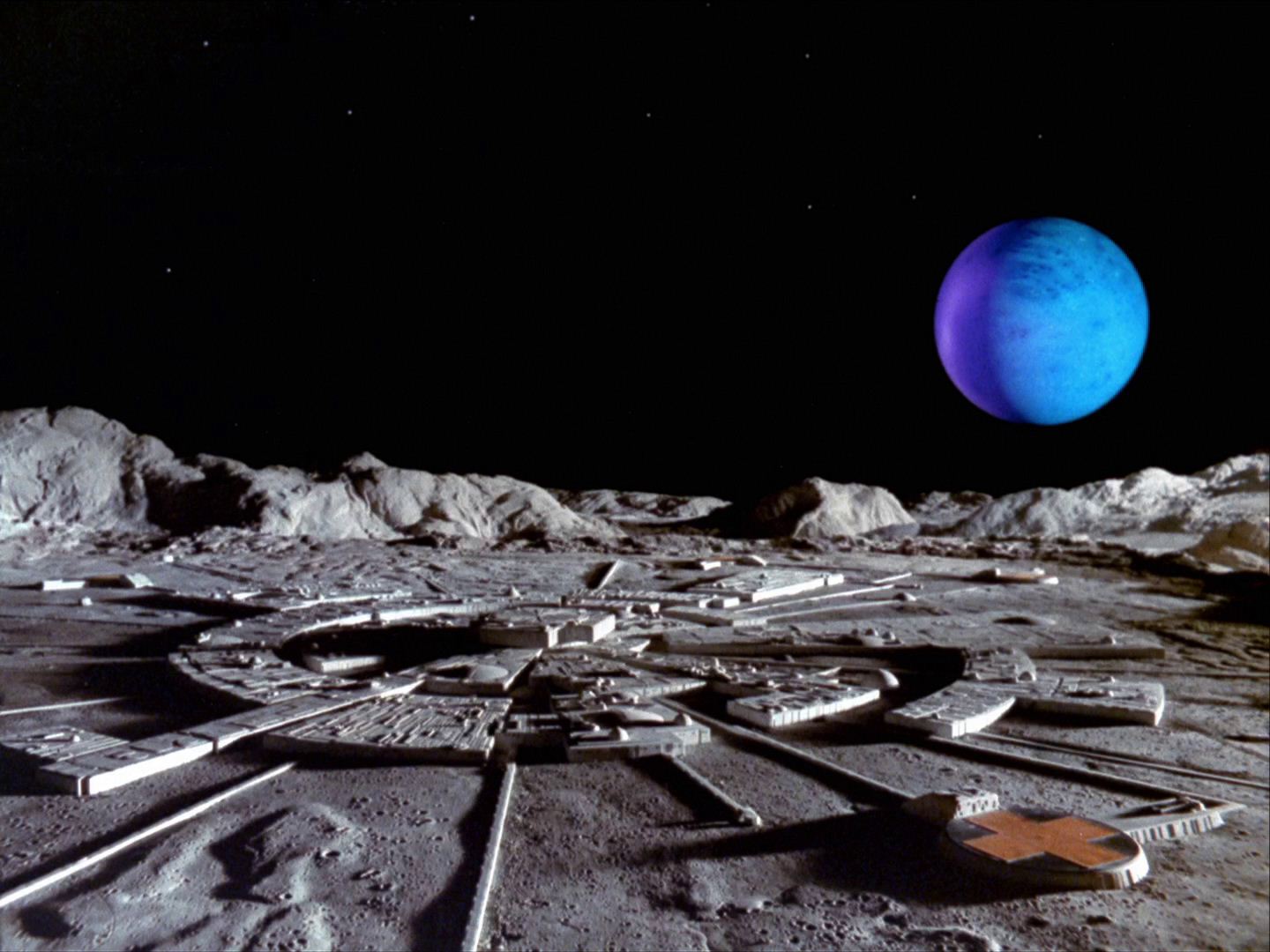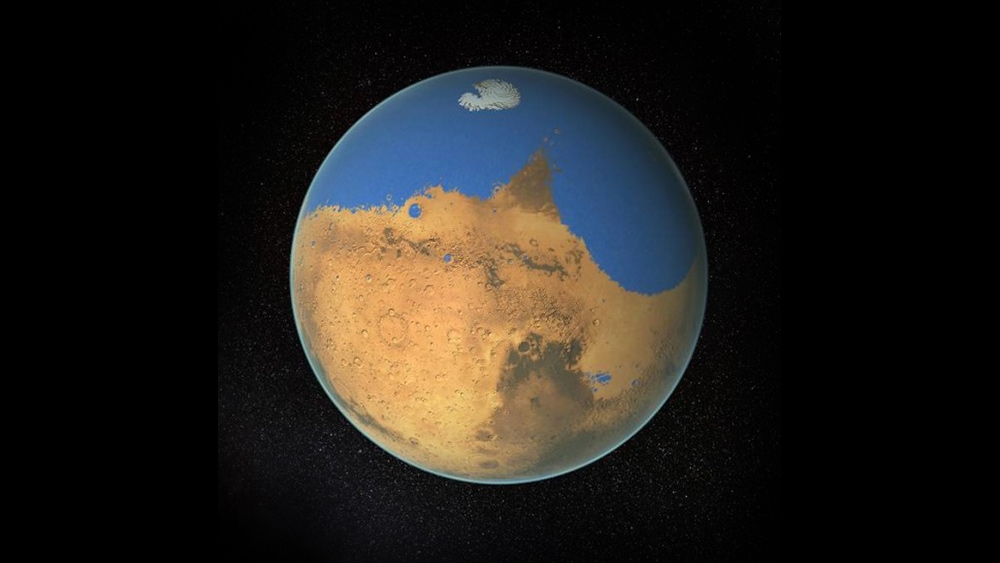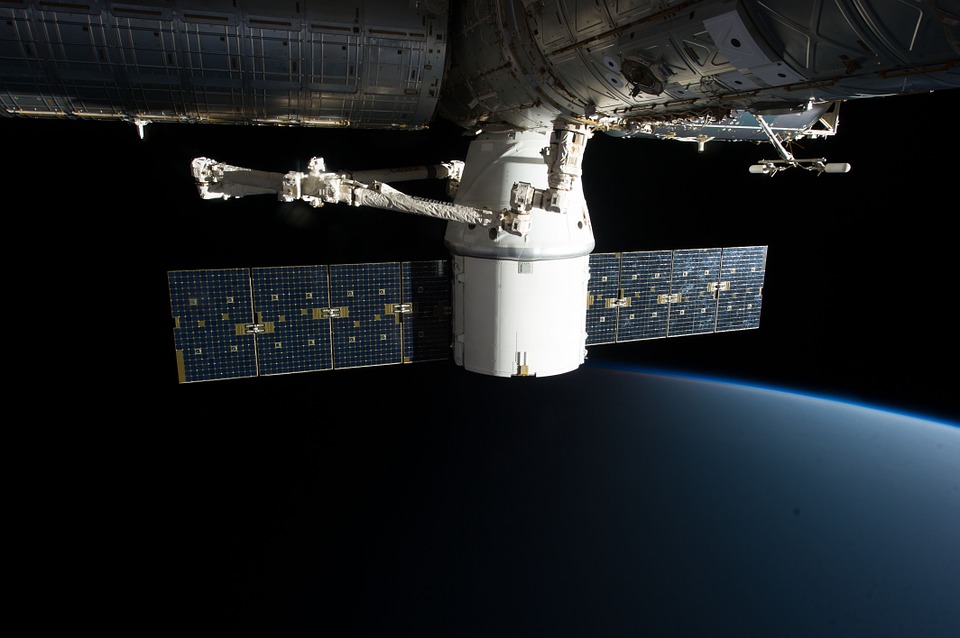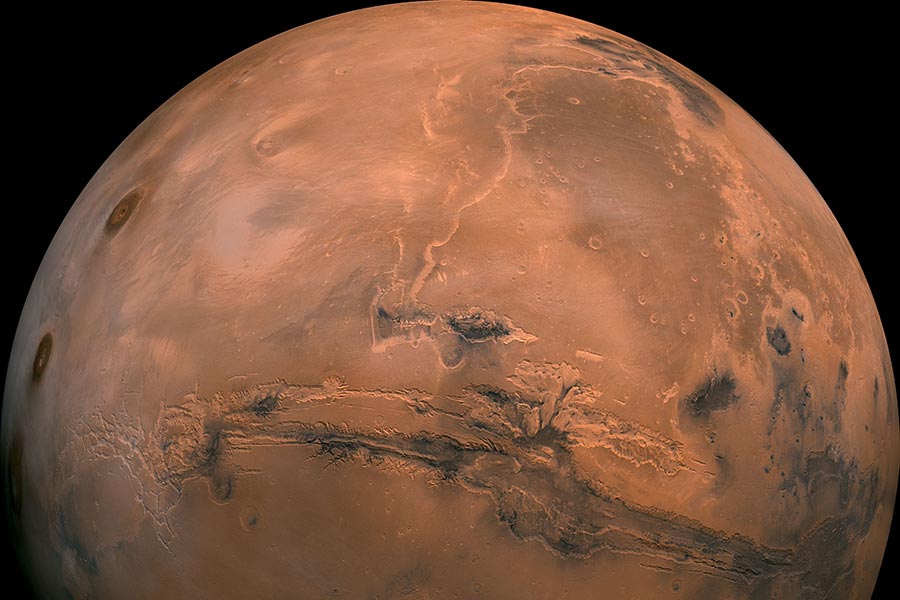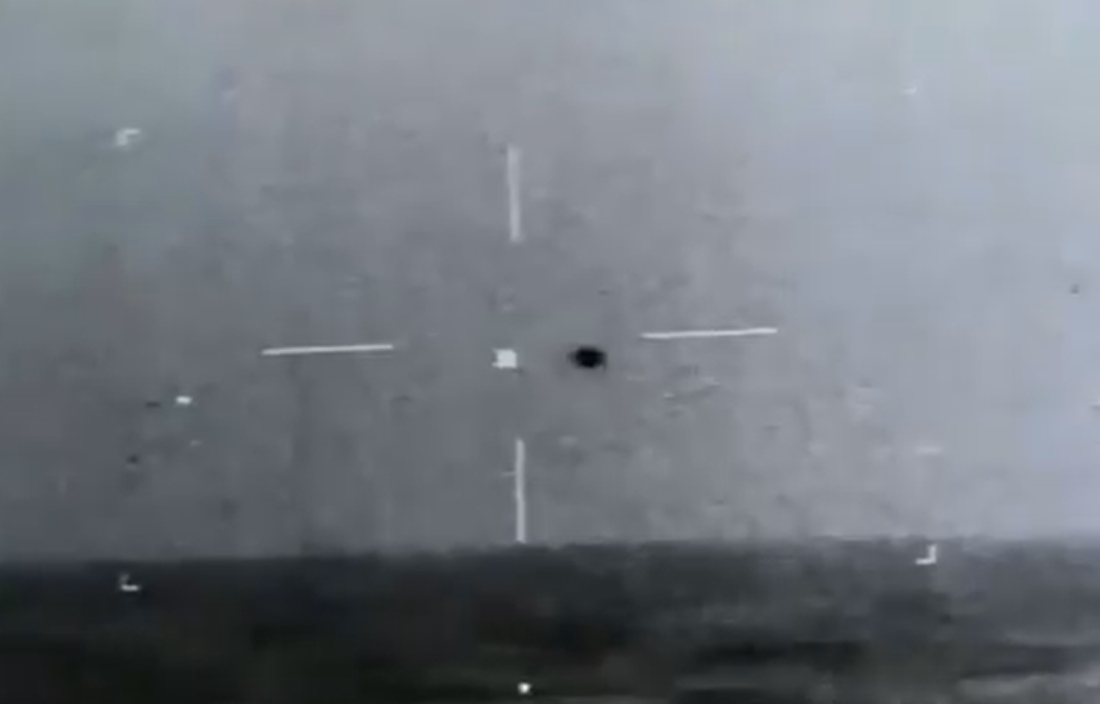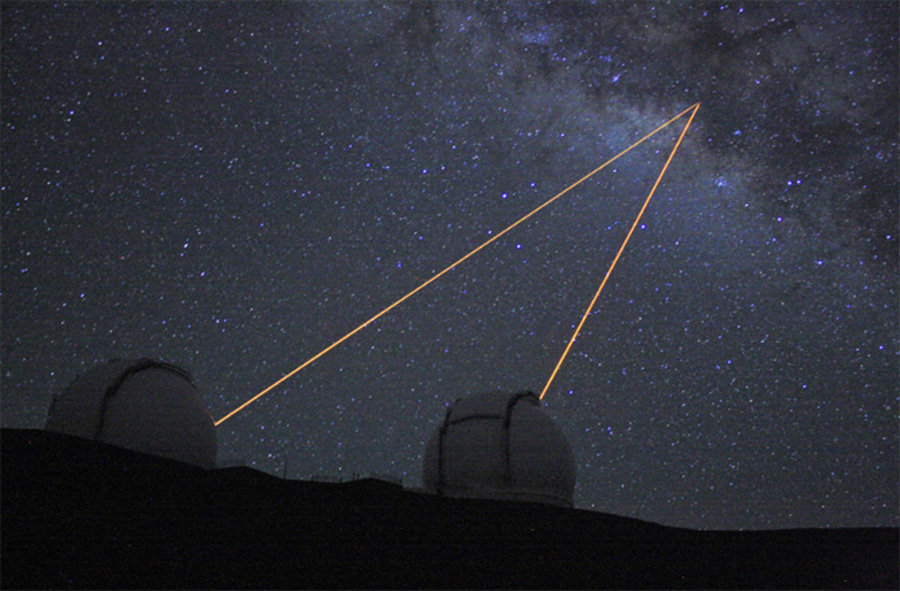Asteroid Bennu migrated to Earth’s neighborhood only very recently, study finds
01/12/2021 / By Virgilio Marin

Scientists have found that Bennu, a near-Earth asteroid discovered in the late ’90s, hasn’t always been within the Earth’s vicinity. In fact, a study published in Nature said that the asteroid, despite having been formed millions of years ago, just wandered into the neighborhood recently. This was evidenced by the appearance of small impact marks on the asteroid, which were caused by tiny impactors abundant in Earth’s neighborhood. These impact marks, they added, formed no more than two million years ago.
These findings set a new benchmark for understanding the evolution of asteroids and offer insights into a poorly understood population of near-Earth objects (NEOs).
Bennu a newcomer to Earth’s neighborhood
In 2016, the National Aeronautics and Space Administration sent the van-sized OSIRIS-REx spacecraft to orbit and observe Bennu. Discovered in 1999, Bennu was chosen as the target for the mission due to its proximity to Earth, size and primitive composition. It’s expected to provide insights into the origin of asteroids, which is crucial information for hazard planning.
Using high-resolution images taken by OSIRIS-REx during a two-year survey, the researchers studied the craters on Bennu’s boulders and found that boulders of three feet or larger are scarred by anywhere from one to 60 pits on average. These pits were caused by space debris ranging in size from a few millimeters to tens of centimeters.
“I was surprised to see these features on the surface of Bennu,” said lead author Ronald Ballouz of the University of Arizona, who’s part of the OSIRIS-REx team.
“We haven’t observed anything like this since astronauts walked on the moon,” added Ballouz.
The crater distribution on Bennu’s boulders serves as a historical record of the frequency, size and velocity of impact events experienced by Bennu throughout its history. To gain insights into the asteroid’s violent past, the researchers developed a technique to quantify the strength of solid objects using remote observations of craters. This technique allowed the researchers to calculate the maximum impact energy that a boulder of a given size and strength could endure before it disintegrates.
Applying the technique to Bennu’s boulders, the researchers found that the largest craters on the boulders were created while Bennu was still in the asteroid belt. In this region of the solar system, impact speeds are lower than in near-Earth space. Impact events, however, are more frequent and often near the limit of what the boulders could withstand.
Meanwhile, the smaller craters were acquired during Bennu’s time in Earth’s neighborhood. In this region, impact speeds are higher but disruptive impactors are much less common.
Based on these calculations, the researchers determined that while Bennu formed in the main asteroid belt more than 100 million years ago, it was booted out of the asteroid belt and migrated to its current near-Earth orbit only 1.75 million years ago.
The findings of the study provide clues to the origin of NEOs. While theoretical models suggest that NEOs primarily come from the asteroid belt, there was never any observational evidence of their provenance other than meteorites that fell to Earth. NEOs, suggests the study, likely came from parent bodies that fall in the category of asteroids instead of comets. Comets, unlike asteroids, have more ice than rock and are thought to have originated from the edge of the solar system.
The study can give scientists an idea of how strong and solid NEOs are. This information is important as NEOs are threats to life on Earth. (Related: Astronomers detect closest asteroid to fly by the Earth six hours too late.)
In addition, the researchers’ observations can inform hazard planning for future asteroids missions. According to Ballouz, a millimeter to centimeter-size object traveling at speeds of 45,000 miles per hour can be dangerous for spacecraft. Space debris with sizes around this range had not been explored adequately prior to the study.
“The objects that formed the craters on Bennu’s boulders fall within this gap that we don’t really know much about,” added Ballouz.
Read more articles about potentially hazardous NEOs at Space.news.
Sources include:
Submit a correction >>
Tagged Under:
asteroid impact, asteroids, Bennu, comets, craters, discoveries, Earth, near-Earth objects, research, Space, space exploration
This article may contain statements that reflect the opinion of the author
RECENT NEWS & ARTICLES
COPYRIGHT © 2017 SPACE TOURISM NEWS





